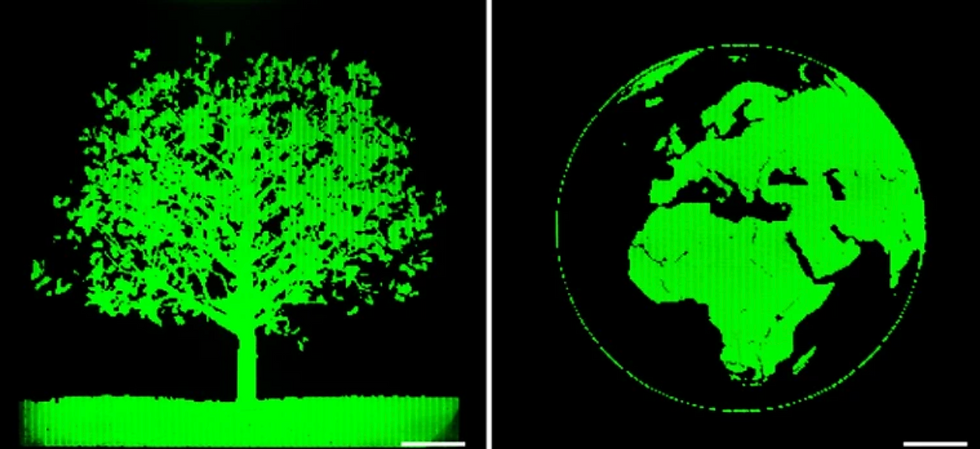Physicists Invent the Tiniest LED Light Displays Ever
- Karen Song

- Mar 25
- 2 min read

Chinese physicists, engineers, and opticians from Zhejiang University in Hangzhou, China, have created the smallest pixels known to date– the size of a virus. These LED pixels are 90 nanometers wide and tall, difficult to capture with the most powerful microscopes.
The goal of these microscopic pixels is to generate extremely high-quality images. This idea stems from the theory that the more pixels can be packed into a small space, the sharper and better the image quality generated. However, creating microscopic pixels is inefficient and expensive with the materials and technology available in the contemporary technology field.
Badodan Zhao, and her team which developed these virus-sized pixels were able to combat this challenge through experiments with perovskite, a promising material in many fields of science, and currently being studied in solar panel development.
Perovskite is a material with a crystal structure that is cheap, easy to synthesize, and incredibly efficient in light absorption. The pixels made with this material are shown in a study published in Nature titled “Downscaling micro– and nano- perovskite LEDs to remain bright over time, outperforming traditional LEDs which tend to lose their vibrancy quickly. Additionally, perovskite’s “tunability” allows it to depict a variety of colors, although tuned pixels pose a greater challenge to the manufacturer.
“Apart from our scientific custody, such experiments show that at extremely small sizes, the perovskite LEDs can still hold reasonable efficiencies,” says Zhao.
Undoubtedly, the new research and inventions presented by Zhao and her team are incredibly valuable to the fields of technology, material science, and physics. With time and more studies, these findings will certainly change how we view digital images.








Comments